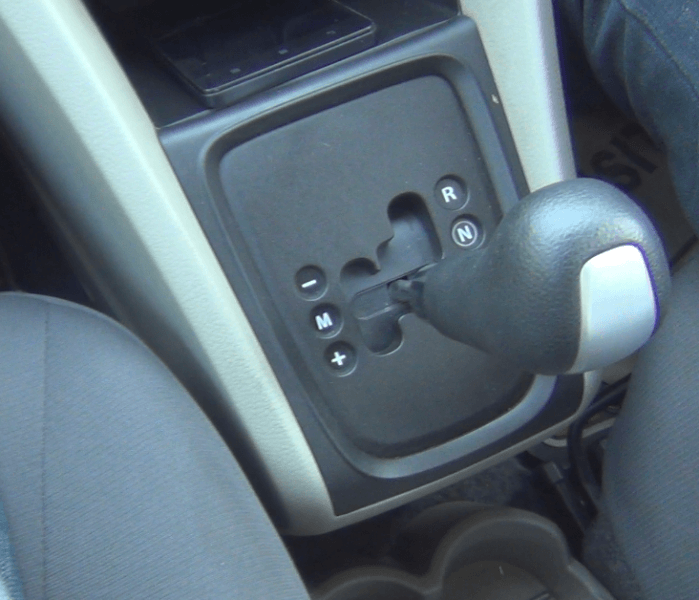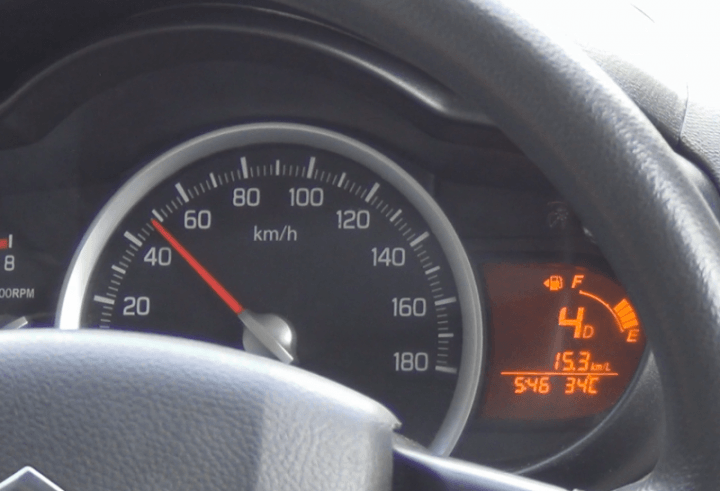We tell you all about the AMT tech employed by the Maruti Celerio
It will be rather safe to say that by now, our country’s car buying lot has sufficiently warmed up to the idea of using an Automated Manual Transmission (AMT). Quite obviously, the Celerio, which became the first car in the country to feature this transmission system, has played a big role in the nation’s fast-growing affinity towards AMTs. It maybe noted that the Celerio AMT has found a big preference amongst many commuters who have been hoping to benefit from the virtues of an automatic gearshift sans the few debatable drawbacks of conventional autos. The market has warmed up so well to the AMTs that a major chunk of Celerio’s sales come from the ‘Auto Gear Shift’ variant and the good balance of fuel economy, cost and ease of driving that the AMT offers has quite obviously struck the right chord with the small car buying lot. Here’s a small report on the Celerio’s AMT transmission, which is based on a recent Maruti Celerio AMT test drive review by us.

The Automated Manual Transmission for the Celerio comes from Magneti Marelli. This transmission system is an electro-hydraulic mechanism that finds its roots in the Formula 1! Basically, AMTs today offer stress-free driving by eliminating the need to manually shift gears and also enhance the overall fuel consumption. Moreover, this system can be used on any manual transmission, without involving high production costs that are associated with conventional automatic transmissions. Technically, there’s not too much in common between an AMT and a conventional automatic transmission. Instead, an AMT, in essence, is a traditional manual transmission unit that has benefited from an elctro-hydraulic system which involves hydraulic actuators that are in turn governed by a Transmission Control Unit. Basically, all this means that the need to manually engage the clutch and change gears is totally eliminated.

In terms of operation, however, an AMT is much like a conventional automatic gearbox. This means the driver presses the brake pedal and shifts the stick into the D mode to get the car moving. Release the brake pedal completely and even with no input from the accelerator, the car will comfortably chug ahead at 10 km/h. On being driven sedately, the shifts occur at 2,500 rpm, which in turn aids fuel efficiency. However, put the pedal to the metal and this system will drop down a gear or two to ensure some brisk acceleration. Also, under hard driving conditions, the system holds on to a gear till 5,000 rpm. In manual mode, one can manually change gears to suit his/her driving style. The manual mode also allows you to hold on to a gear for as long as you wish. However, on slowing down, knocking/stalling is prevented as the transmission automatically downshifts at a low RPM threshold. Of course, all this while you are saved the trouble of operating the clutch pedal.

Overall, the AMT of the Celerio comes across as a boon for those drivers who spend long hours commuting through dense traffic. And thanks to the cost-effectiveness of this system, AMT-equipped cars are also cheaper to buy and run than cars with a conventional automatic transmission. The AMT-tech is slowly finding its way into vehicles from other manufacturers as well. Tata has already equipped the Nano GenX and the Zest with an AMT and soon, Mahindra will also utilize the same technology in the upcoming Quanto facelift and TUV300. With automatics gaining traction in India, the AMT-tech has given the trend a much needed shot in the arm, all this while making clutch-free driving accessible to the masses.

If you have any more queries regarding the AMT technology or the Maruti Celerio AMT Test Drive Review then we will be happy to answer them via the comments section below. As always, stay tuned to CarBlogIndia for more news and reviews from the automotive world.


